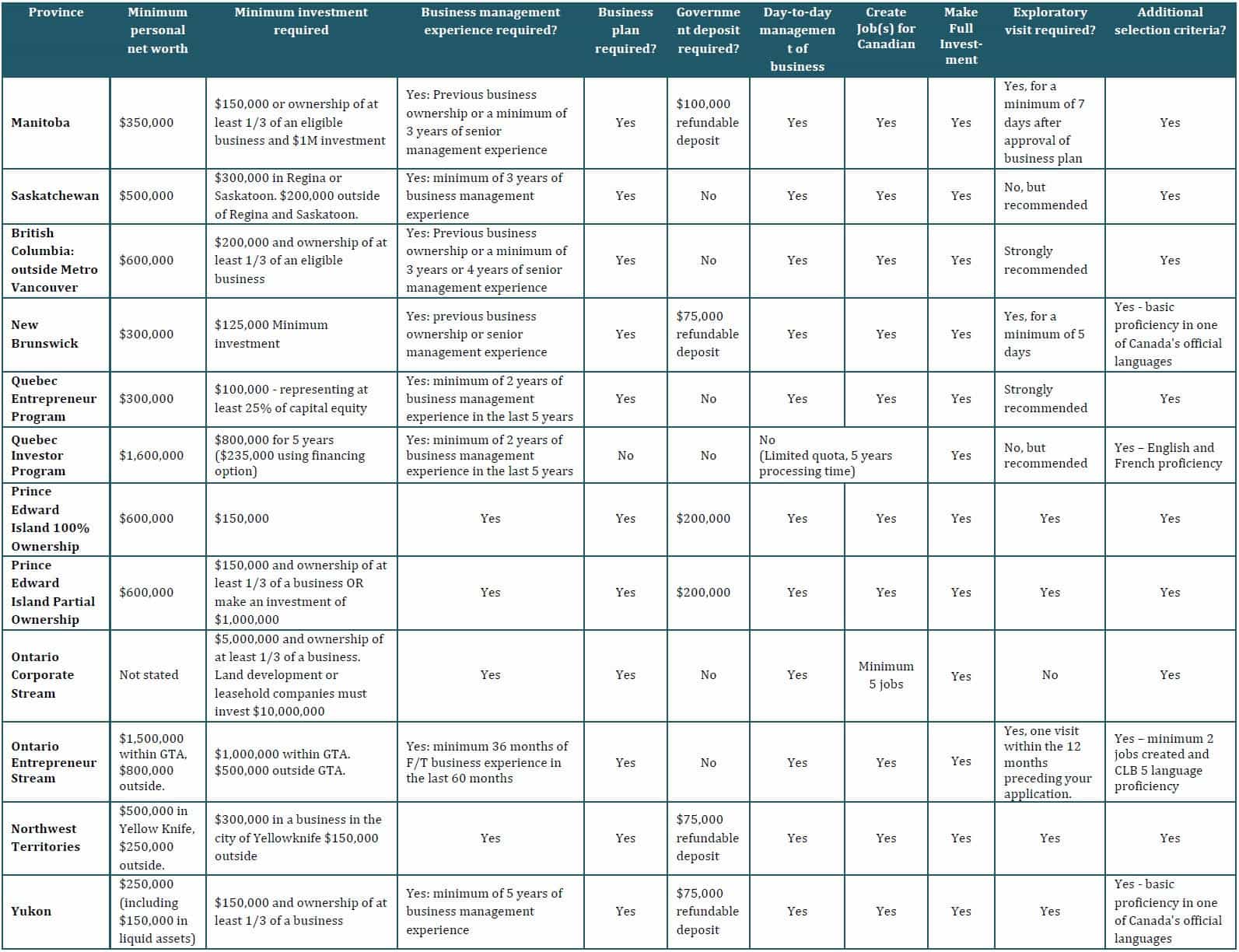The biggest immigration changes for international students and temporary foreign workers in Canada
Upcoming changes will significantly impact international students and temporary foreign workers in Canada, according to announcements made by the federal government.
With the 2026–2028 Immigration Levels Plan and Budget 2025 providing further insight into what’s ahead, here’s a look at some of the most notable immigration news we’re expecting in the upcoming months.
Schedule a Free Work Permit Consultation with the Cohen Immigration Law Firm
Updates that will impact temporary foreign workers in Canada
Accelerated temporary resident to permanent resident pathway
In the 2026-2028 Immigration Levels Plan, the government announced plans to accelerate the transition of up to 33,000 temporary workers to permanent residency (PR) in 2026 and 2027.
The exact nature of how the government plans to implement this accelerated transition is yet to be announced.
But IRCC has stated that the initiative will target workers (i.e., those with work permits in Canada) who have established strong roots in their communities, pay taxes, and are working in specific in-demand sectors to help build a stronger economy.
In 2021, IRCC introduced a limited-time temporary resident to permanent resident pathway, which hit its cap the day of launch.
Over the last year, IRCC has increasingly focused on inviting candidates with experience working in Canada to apply for PR.
According to the last Express Entry Year End report, 64% of candidates who had been invited to apply for PR in 2024 had at least one year of eligible Canadian work experience.
Tightened eligibility requirements on the TFWP
In September 2025, Prime Minister Mark Carney alluded to changes to come to Canada’s Temporary Foreign Worker Program (TFWP).
In particular, he stated that going forward, the TFWP “must have a focused approach that targets specific, strategic sectors, and needs in specific regions.”
It is yet to be seen how this will be implemented.
Last year, the government implemented a pause on the processing of Labour Market Impact Assessments (LMIAs), which are needed for TFWP work permits, in regions with an unemployment rate of 6% or higher.
The latest Immigration Levels Plan also slashes the number of arrivals (through the TFWP) in 2026 – from 82,000 in last year’s Plan – to 60,000. This could indicate further tightening of eligibility criteria for acquiring an LMIA, which is a prerequisite prerequisite for obtaining a TFWP work permit.
Launch of more sector-specific PR pathways and work permit streams
In recent years, the Canadian government has started prioritizing candidates with specific skills and sector-aligned expertise to meet its labour market needs.
In this vein, there are a number of sector-specific PR pathways and work permit streams that have been announced this year, which are expected to roll out in the coming months.
This includes:
PR Pathway for H1-B visa holders: The 2025 Budget states that the government is planning an accelerated pathway to attract tech talent, especially in healthcare, research advanced industries and other key sectors.
PR pathway for construction workers: In March 2025, IRCC stated that it would be reserving immigration spaces for up to 6,000 undocumented construction workers within Canada.
Agriculture and fish processing stream: the 2025-2026 Departmental Plan revealed that IRCC is planning on developing a stream specifically for foreign workers in agriculture and fish processing, with a corresponding sector-specific work permit.
Beyond the launch of new pathways and streams, there are also some PR pathways that will reopen for a fresh intake period in 2026. This includes the Home Care Worker Immigration pilots.
Temporary foreign workers in Canada, who have the necessary experience, are the best contenders for many sector-specific streams, as prior Canadian work experience is highly valued.
Schedule a Free Work Permit Consultation with the Cohen Immigration Law Firm
Upcoming changes impacting international students and graduates in Canada
A slashed study permit cap
Over the last two years, the federal government has capped the number of study permit applications it would accept for processing in a given year.
The next update to this is expected sometime in January 2026, when the government will announce how many study permit applications it will accept to be processed for 2026.
Considering that the latest Immigration Levels Plan cuts the number of new international student arrivals for 2026 by half – from 305,900 in last year’s plan to 155,000 – it is likely that this study permit cap will also be reduced.
This could make study permit applications more competitive. That said, in 2025, Canada fell short of its targets for international student admissions, which means potential new students in Canada may not be vastly impacted by a study permit cap.
Exemption of graduate students from the study permit cap
The latest Immigration Levels Plan also exempts graduate students from the study permit cap, starting January 1, 2026.
This means Master’s and doctoral degree students no longer need a Provincial or territorial attestation letter (PAL/TAL), making it easier for them to get a study permit.
IRCC will also expedite the application processing time for doctoral degree students and their accompanying family members, helping them get their status documents in as little as two weeks.
Removal of study programs from eligibility for PGWPs
In June 2025, IRCC made changes to the list of programs eligible for Post-Graduation Work Permits (PGWPs), impacting international students who planned to work in Canada after graduating.
In July, it postponed the removal of these programs from PGWP eligibility, stating that this change would come into effect “early 2026.”
This impacts 178 study programs, making them eligible for a PGWP until the announcement comes in early 2026.
When planning their studies in Canada, international students who want to work after graduation should select a program that is PGWP-eligible.















